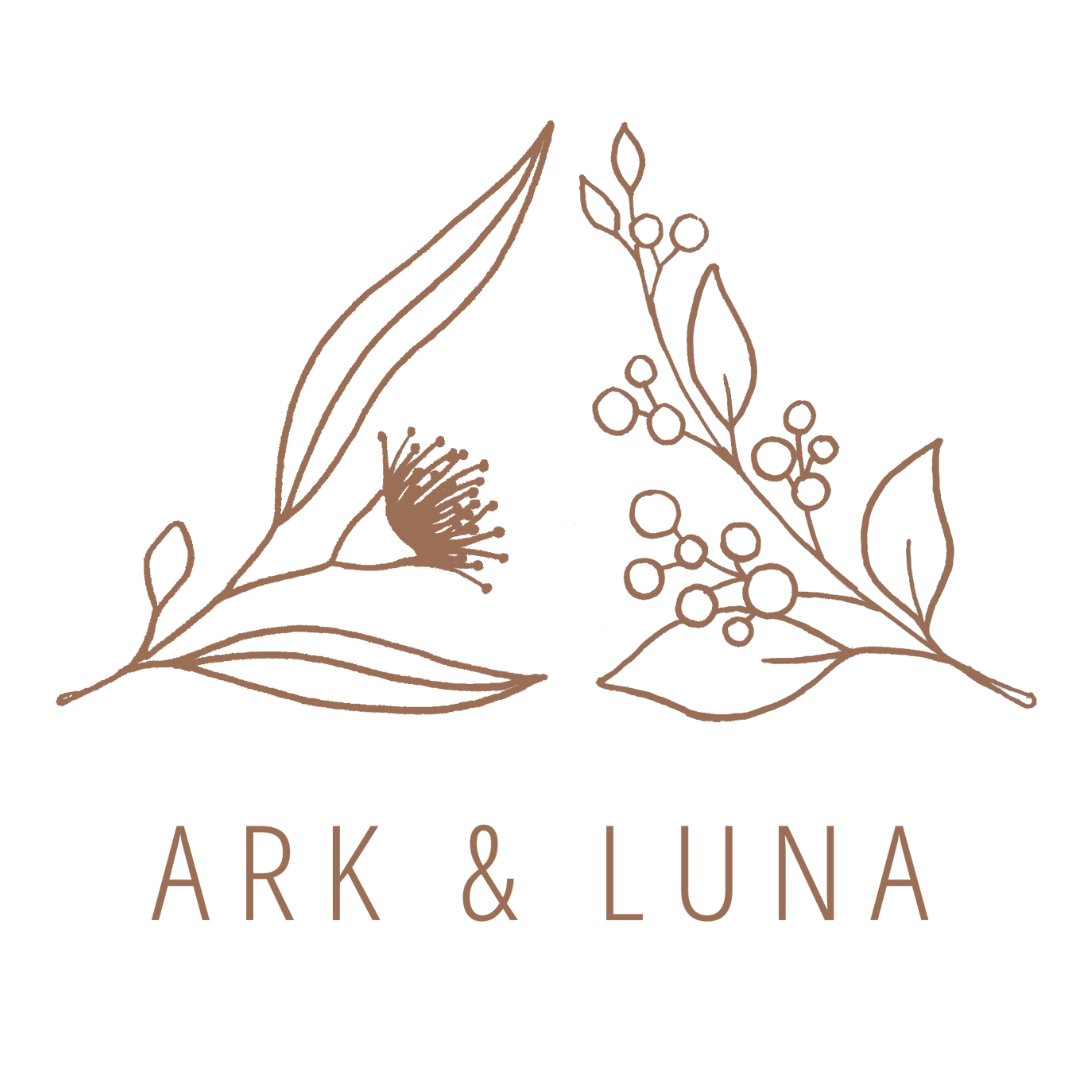What is it?
Loose parts play is the use of open-ended objects and materials in play. Loose parts are materials that can be stacked, lined up, combined, redesigned or be used in a way that is not pre-determined and instead, completely imagined by the child.
Loose parts can be used on their own, or with other toys. In our home, we prefer to use natural loose parts. This often includes items that often don’t cost us anything, such as gumnuts and things foraged in nature, or recycled materials like cardboard tubes. We also purchase loose parts such as buttons, wooden rings or play scarves.

Why?
Loose parts play was initially explored by Simon Nicholson. His research included exploring whether children are born with creative abilities,
or if this evolves through environment. His research inquiries concluded that;
In any environment, both the degree of
inventiveness and creativity, and the possibility of discovery, are directly
proportional to the number and variables in it (Nicholson, 1971, P6)
Loose part play encourages free exploration which helps to develop creativity and problem-solving skills. The theory of loose parts play argues that by having more variables, children are not only provided with more opportunity to develop their creativity and problem-solving skills, but they are more likely to play with increased intent and focus.
Loose parts are affordable or free. Some of the most used items in our home have been foraged or repurposed. Thrift shops are a great resource for finding loose parts such as wooden bracelets or scarves. We also stock a range of affordable loose parts on our website.
Loose parts are items that are used over and over again, for multiple purposes within a child’s play. This reduces environmental waste and reduces the need for a large quantity of expensive toys. Finally, using repurposed and recycled materials reduces what we may otherwise be sending to landfill!

